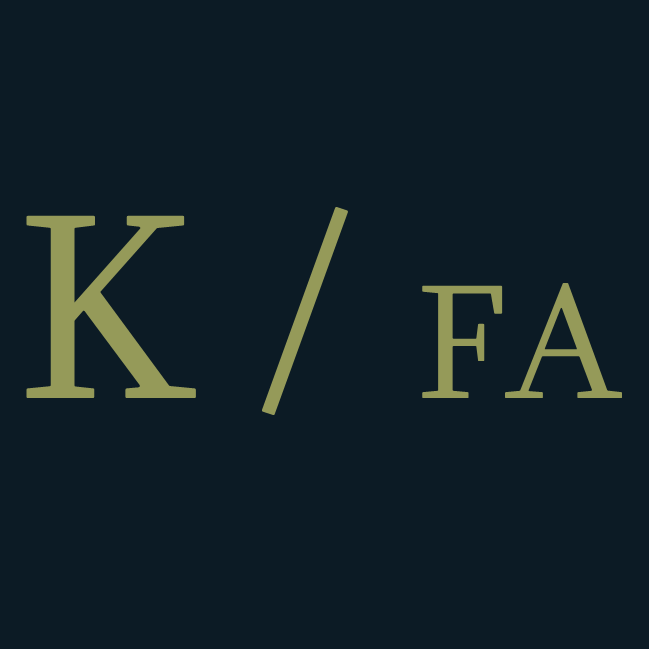Winter in Holland
C.L.P. (Philip) Zilcken

[EN]
Philip Zilcken used an unusual palette to create the atmosphere for this winter view of the Dutch countryside. Winter in Holland may be the same painting that Zilcken showed in 1909 on the 79th international exhibition in the Museum of Modern Art in Rome, Italy. In the review of the exhibition in De Nieuwe Courant, on 10 April 1909, the reviewer remarked that out of all Dutch contributors, Zilcken was the only artist that proved of international cachet. The writer stated that ‘An old gate in Algiers’ and ‘Winter in Holland’ were painted in eccentric and atmospheric tones that draw much attention. By doing so, the reviewer wrote that Zilcken was the only Dutch artist standing out from the masses.
This landscape of the countryside show just those atmospheric tints the reviewer praised in Zilcken’s Winter in Holland. By having the warmly coloured sky reflected in the water stretching towards the closest windmill, Zilcken created a stark contrast with the snow on the fields. Two more windmills can be seen in the background. All three windmills have their sails in the short rest position. When millers weren’t expecting rain for a short while, the sails would be left in this position, resembling a big ‘+’ sign.
Especially in the sky, Zilcken used his typical, vivid brushstrokes, almost giving a sense of movement. This painting on board is signed ‘Ph Zilcken’ on the lower right.
[NL]
Philip Zilcken gebruikte voor dit Nederlands winterlandschap een ongebruikelijk palet om de juiste sfeer weer te geven. Mogelijk is Winter in Holland hetzelfde schilderij dat Zilcken toonde op de 70ste internationale tentoonstelling voor moderne kunst in Rome in 1909. In de tentoonstellingsrecensie in De Nieuwe Courant, op 10 april 1909, merkte de recensent op dat van alle Nederlandse inzendingen, Zilcken de enige met internationale allure was. De auteur stelde dat ‘Een oude poort in Algiers’ en ‘Winter in Holland’ in eccentrische en atmosferische tonen waren geschilderd, en zo veel aandacht trokken. Daardoor zou Zilcken als enige Nederlander zijn opgevallen in de massa.
Dit polderlandschap laat precies het soort atmosferische tonen zien die de recensent in Zilcken’s Winter in Holland prees. Door de warm gekleurde lucht in het water te laten reflecteren, legde Zilcken extra nadruk op het contrast met de sneeuw op de weilanden. Alle drie de windmolens hebben hun wieken in de korte ruststand staan. Wanneer molenaars een tijdje geen werk verwachtten, werden de wieken in deze stand gezet.
Met name in de lucht gebruikte Zilcken zijn kenmerkende, dynamische penseelstreken, die bijna beweging lijken te suggereren. Het schilderij werd op board gemaakt, en rechtsonder gesigneerd: ‘Ph Zilcken’.
[EN]
Philip Zilcken (1857-1930) was born The Hague, and from his 16th he was the private secretary of queen Sophie of The Netherlands. He started painting around his 18th, and he became a pupil of the The Hague drawing academy. There he was taught by Karel Klinkenberg and Anton Mauve.
Zilcken was tremendously successful as a painter, and received both awards and titles. Between 1896 and 1905 he was an editor of Elsevier's Geïllustreerd Maandschrift, a monthly magazine about culture and literature. As an editor he was a champion for the young artists called the 'Tachtigers' (Movement of Eighty). As a member of the Nederlandse Etsclub (Dutch Etching Society) he was well-acquainted to several of the Tachtigers.
Aside from his work in The Netherlands, Zilcken was an avid traveller, with a specific interest in France and North-Africa. He visited Algiers and Egypt, and the oriental views he painted are among his most popular works. Later in his life, Zilcken would spend his life travelling between The Hague and Villefranche-sur-Mer, where he died in 1930.
[NL]
Philip Zilcken (1857-1930) werd geboren in Den Haag, en vanaf zijn zestiende was hij de privésecretaris van koningin Sophie. Rond zijn achttiende begon hij met schilderen, en hij ging studeren aan de Haagse tekenacademie. Daar kreeg hij les van Karel Klinkenberg en Anton Mauve.
Zilcken was ontzettend succesvol als kunstenaar, en ontving prijzen en titel dankzij zijn kunst. Tussen 1896 en 1905 was hij redacteur bij Elsevier’s Geïllustreerd Maandschrift, een maandblad over cultuur en literatuur. Als redacteur was hij een voorvechter voor de Tachtigers, een groep hemelbestormende jonge kunstenaars en schrijvers. Als lid van de Nederlandse Etsclub kende hij verschillende Tachtigers goed.
Buiten zijn kunstenaarsbestaan in Nederland reisde veel, met een bijzondere belangstelling voor Frankrijk en Noord-Afrika. Hij bezocht Algiers en Egypte, en de motieven die hij daar zag bleven in zijn latere werk terugkomen. Richting het eind van zijn leven pendelde hij tussen zijn woonplaatsen Den Haag en Villefranche-sur-Mer in Zuid-Frankrijk, waar hij in 1930 overleed.
| Medium | Oil on board |
| Dimensions | 18,5 x 31 cm |
| Price | € 2750 |


